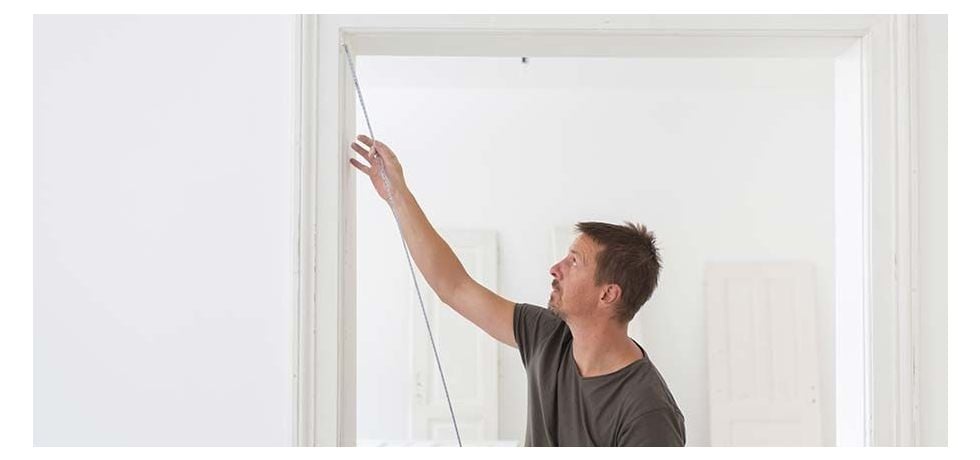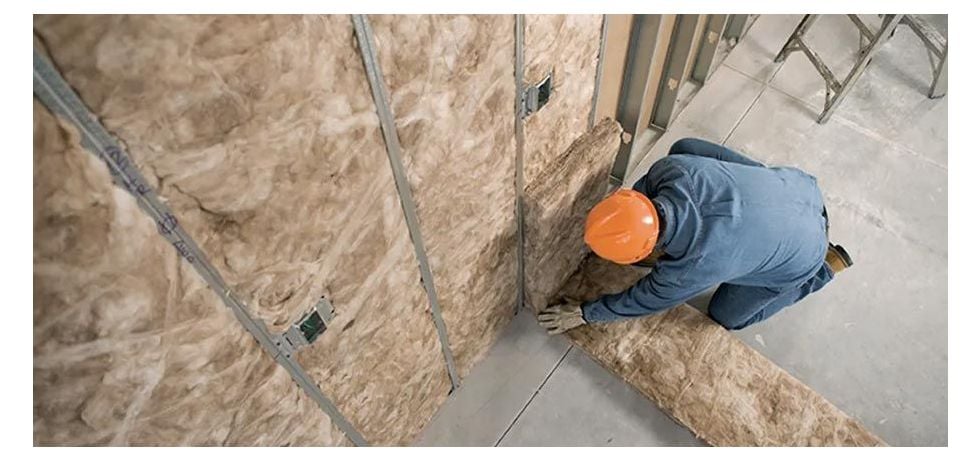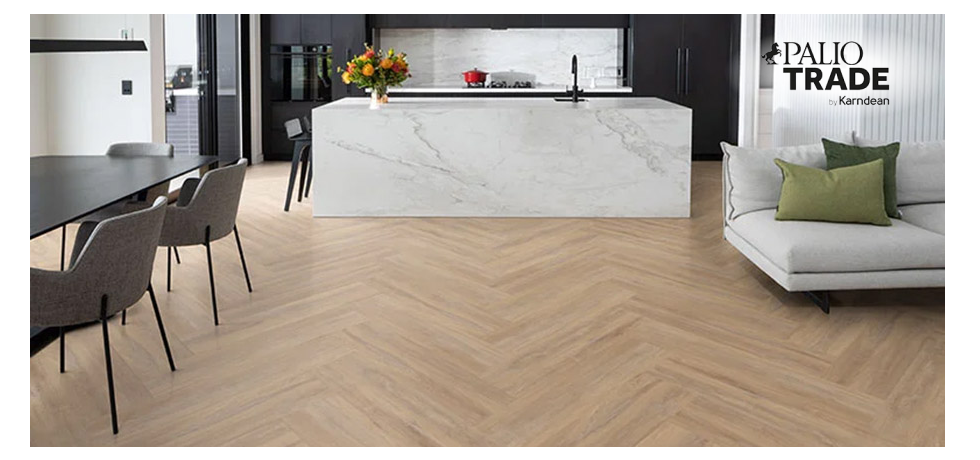Timber
Useful Blog Posts & Guides
Find out more about Timber
Timber, also known as wood, is a natural material that has been used by humans for thousands of years for construction, furniture, and various crafts. It is derived from trees and consists mainly of cellulose, lignin, and other organic compounds that give it strength, flexibility, and durability. It is highly valued for its versatility, aesthetic appeal, and renewable nature, making it a popular choice in many industries.
There are different types of timber, which can be broadly categorised into hardwoods and softwoods. Hardwoods come from deciduous trees such as oak, maple, and mahogany, and are generally denser, stronger, and more durable. They are often used for furniture, flooring, and high-end cabinetry. Softwoods, on the other hand, come from coniferous trees like pine, cedar, and spruce. These tend to be lighter, easier to work with, and are commonly used in construction, framing, and paper production.
Timber can be processed in various ways to suit different needs. It can be cut into planks, beams, or veneers, and treated with preservatives to enhance its resistance to pests, moisture, and decay. The appearance varies depending on the species, growth conditions, and processing methods, with some displaying attractive grain patterns and rich colours that add aesthetic value to finished products.
Sustainability is an important aspect of timber use today. When harvested responsibly from well-managed forests, timber is considered an environmentally friendly resource because it is renewable and biodegradable. Proper forestry practices help maintain healthy ecosystems and ensure a continuous supply of timber for future generations. Overall, it remains a fundamental and versatile material that combines natural beauty with practical utility across countless applications.
Timber FAQs
What is timber?
Timber, also known as wood, is a natural material obtained from trees. It is composed mainly of cellulose, lignin, and other organic compounds that give it strength, flexibility, and durability. Timber has been used by humans for thousands of years for various purposes, including building structures, making furniture, crafting tools, and creating art. Its natural beauty, versatility, and renewable nature make it one of the most important materials in construction and design.
Timber is harvested from different types of trees, which can be broadly classified into hardwoods and softwoods. Hardwoods come from deciduous trees like oak, maple, and cherry, and tend to be denser and more durable. Softwoods come from coniferous trees such as pine, cedar, and spruce, and are generally lighter and easier to work with. Each type of timber has unique properties that make it suitable for specific applications.
The physical properties of timber depend on factors such as the species of tree, growth conditions, and how it is processed. It can be cut into various forms like planks, beams, or veneers, and can be treated to improve its resistance to pests, moisture, and decay. Its natural appearance varies from species to species, with some displaying attractive grain patterns and rich colours, making it a popular choice for aesthetic purposes as well as structural use. Overall, timber is a versatile, sustainable, and essential material that continues to play a vital role in human life and industry.
What are the different types of timber?
There are many different types of timber, each with unique characteristics that make them suitable for various applications. Broadly, timber can be classified into two main categories: hardwoods and softwoods.
Hardwoods come from deciduous trees, which typically shed their leaves annually. These woods are generally denser, stronger, and more durable than softwoods. Common examples include oak, maple, cherry, walnut, and mahogany. Hardwoods are often used for furniture, flooring, cabinetry, and decorative veneers because of their attractive grain patterns and rich colours. They tend to be more expensive and take longer to grow, but their durability makes them ideal for long-lasting products.
Softwoods are derived from coniferous trees, such as pine, cedar, spruce, fir, and redwood. These woods are usually lighter, softer, and easier to work with, making them popular in construction, framing, and general carpentry. Softwoods grow faster than hardwoods, which makes them more sustainable and cost-effective. They are often used in building frameworks, roofing, and outdoor structures, especially when treated for weather resistance.
In addition to these broad categories, there are also specialised types of timber, such as engineered wood products like plywood, MDF, and particleboard, which are made by combining wood fibres or veneers to enhance strength, stability, and versatility. Each type of timber has its own set of properties, advantages, and ideal uses, making it important to choose the right kind depending on the project requirements.
How do I choose the right timber for my project?
Choosing the right timber for your project depends on several important factors. First, consider the purpose of your project. If you need timber for furniture or decorative purposes, you might prefer hardwoods like oak, cherry, or walnut because of their attractive grain and durability. For structural work, softwoods such as pine or cedar are often suitable because they are lightweight, strong, and easier to work with.
Next, think about the environment where the timber will be used. If your project involves outdoor use or exposure to moisture, choose timber that is naturally resistant to decay, such as cedar, redwood, or treated softwoods. These woods can withstand weather conditions better and last longer outdoors. For indoor projects, less resistant woods like pine or maple can be appropriate.
Another key factor is the budget. Hardwood tends to be more expensive due to its density, appearance, and slower growth rate, whereas softwoods are generally more affordable and widely available. Consider how much you are willing to spend and balance that with the quality and durability you need.
Finally, think about the workability and finishing requirements. Some timbers are easier to cut, shape, and sand, which can save time and effort during construction. Also, consider the aesthetic qualities—such as colour, grain pattern, and texture—that will complement your overall design.
In summary, to select the right timber, evaluate the project's purpose, environmental conditions, budget, and desired appearance. Doing so will help ensure you choose the most suitable type of timber that meets your needs and results in a successful project.












Shop our range of Timber at Trading Depot. Explore our high-quality timber range, ideal for construction, joinery, fencing, decking, and DIY projects. Sourced from sustainable forests and available in various sizes and finishes, our timber includes treated, sawn, and planed options to suit indoor and outdoor use. Whether you're building a garden structure or renovating interiors, our durable and versatile timber ensures strength and long-lasting performance.